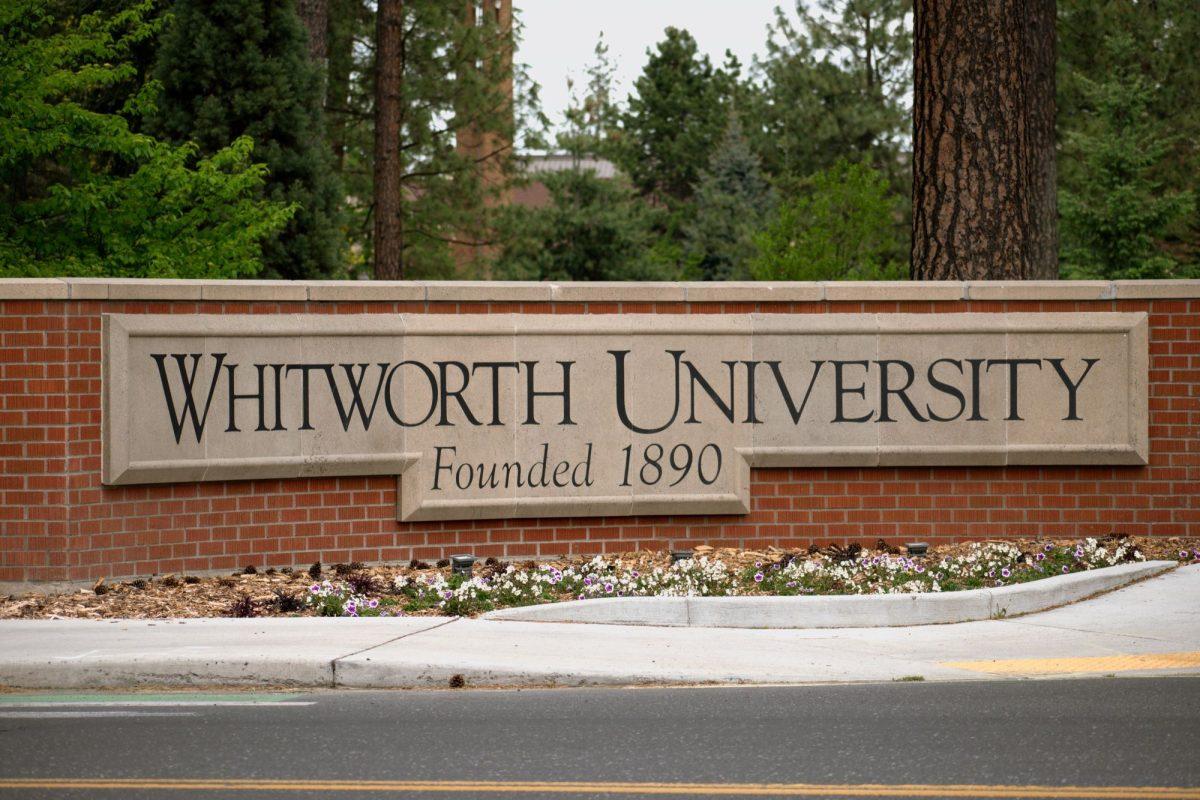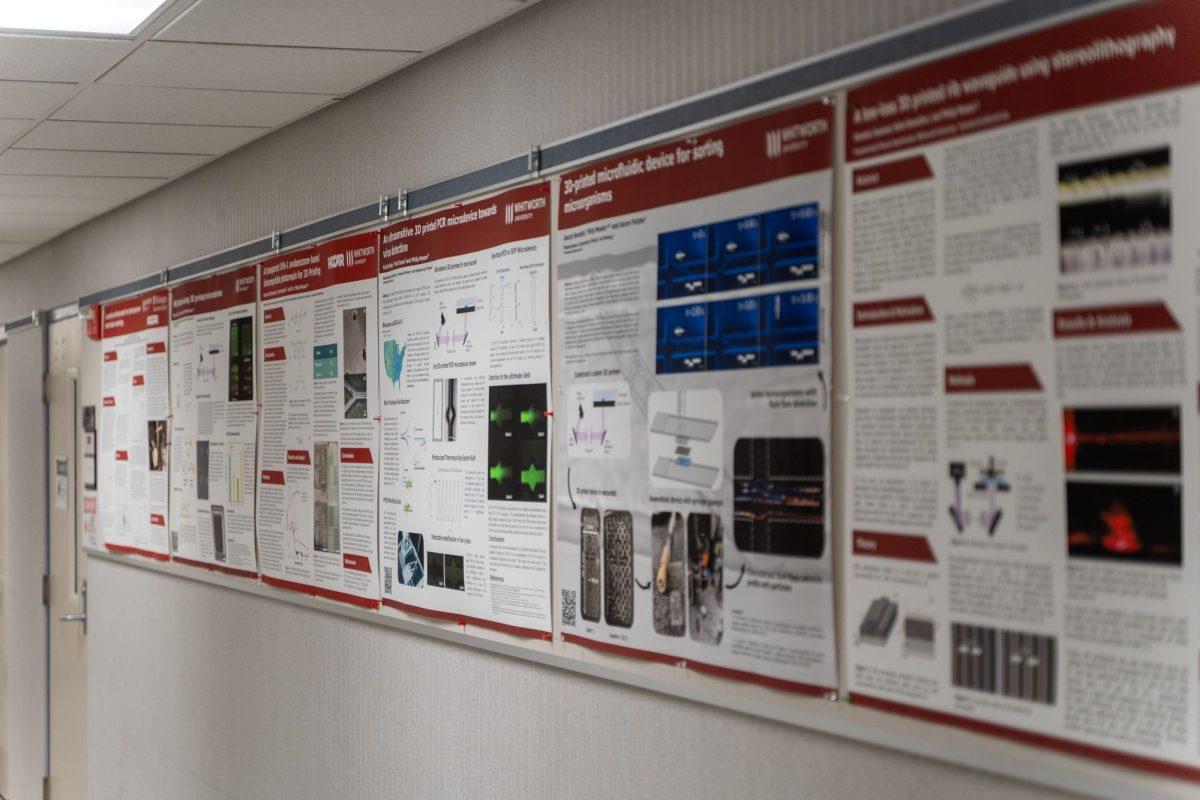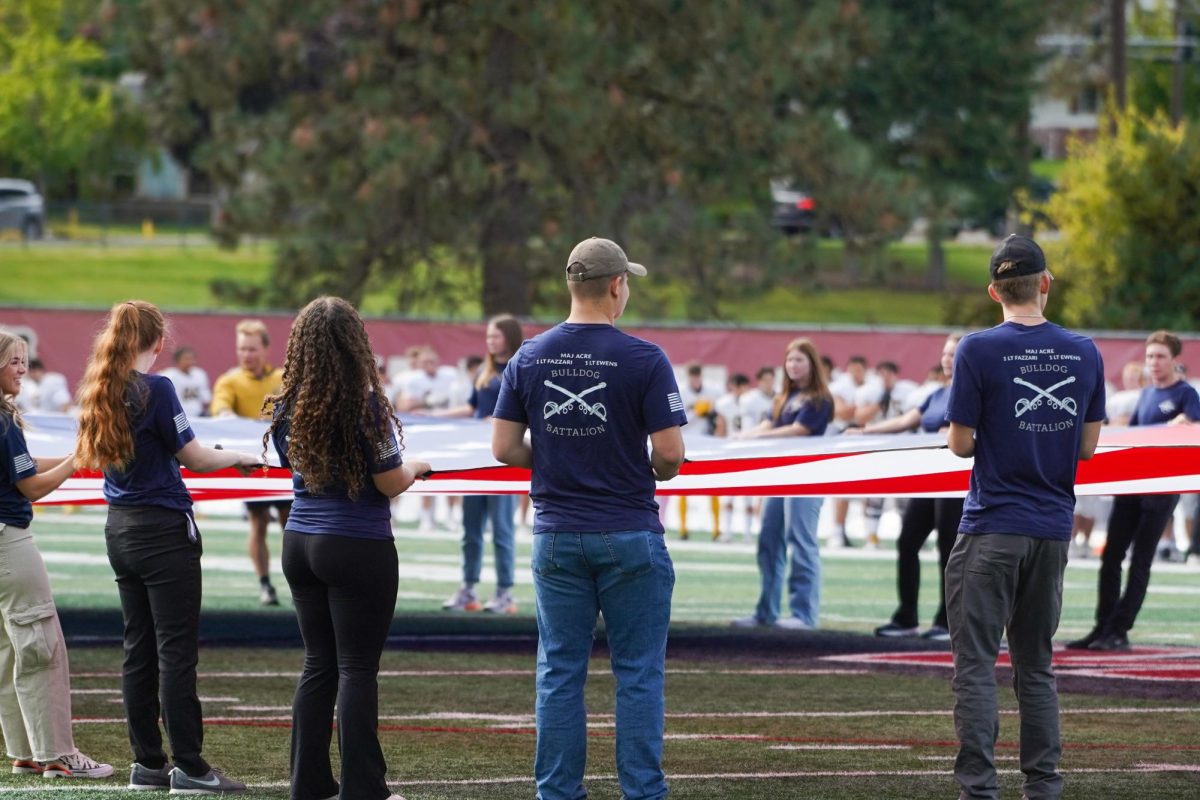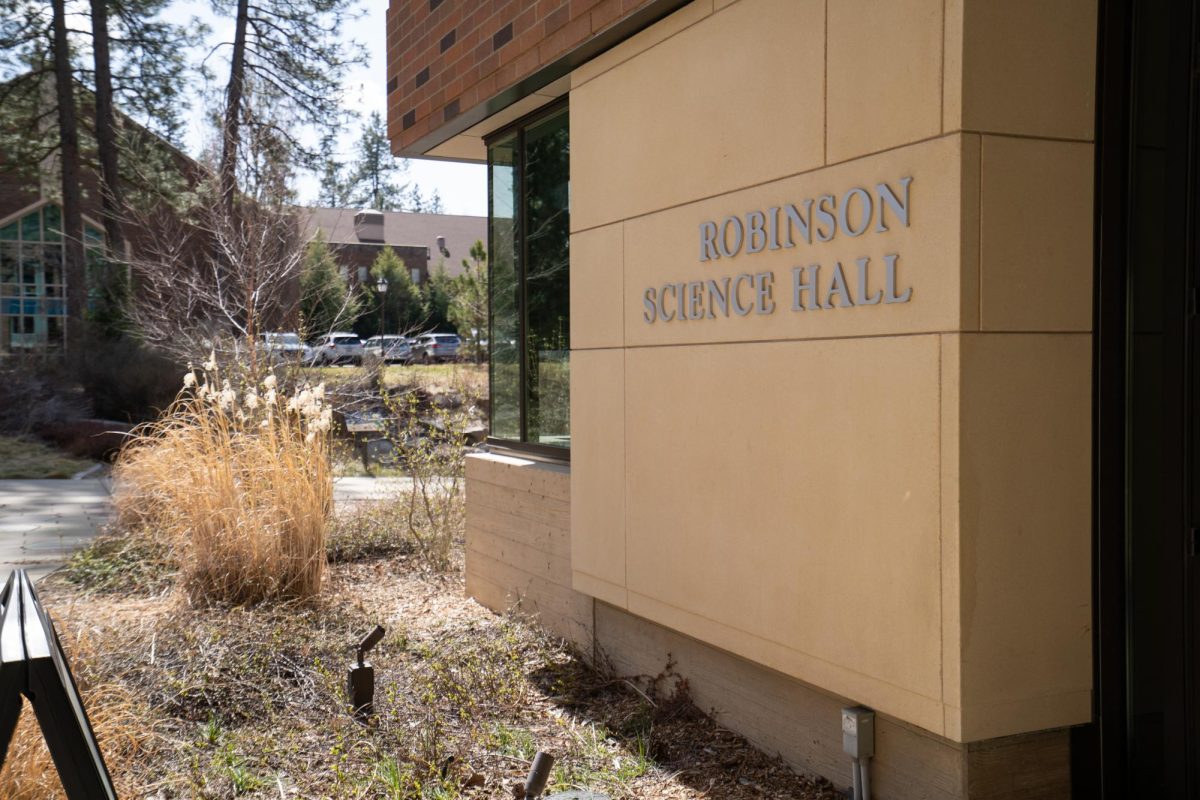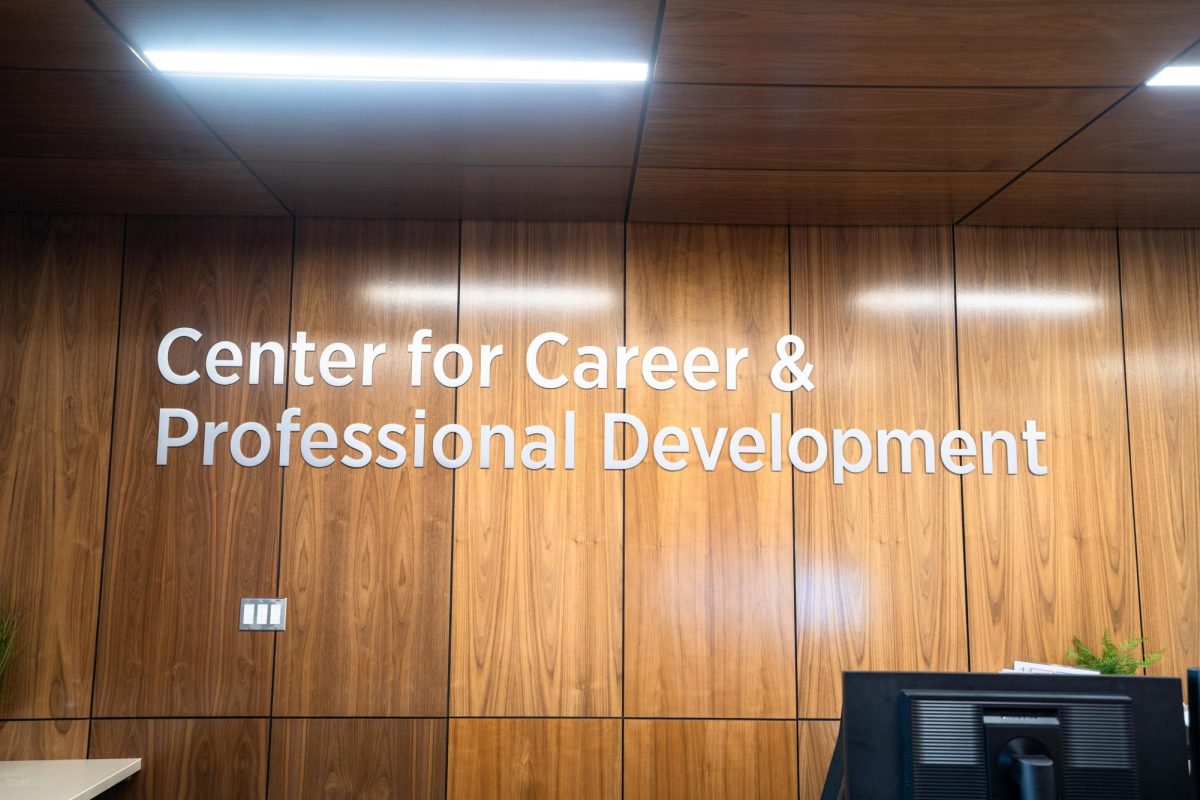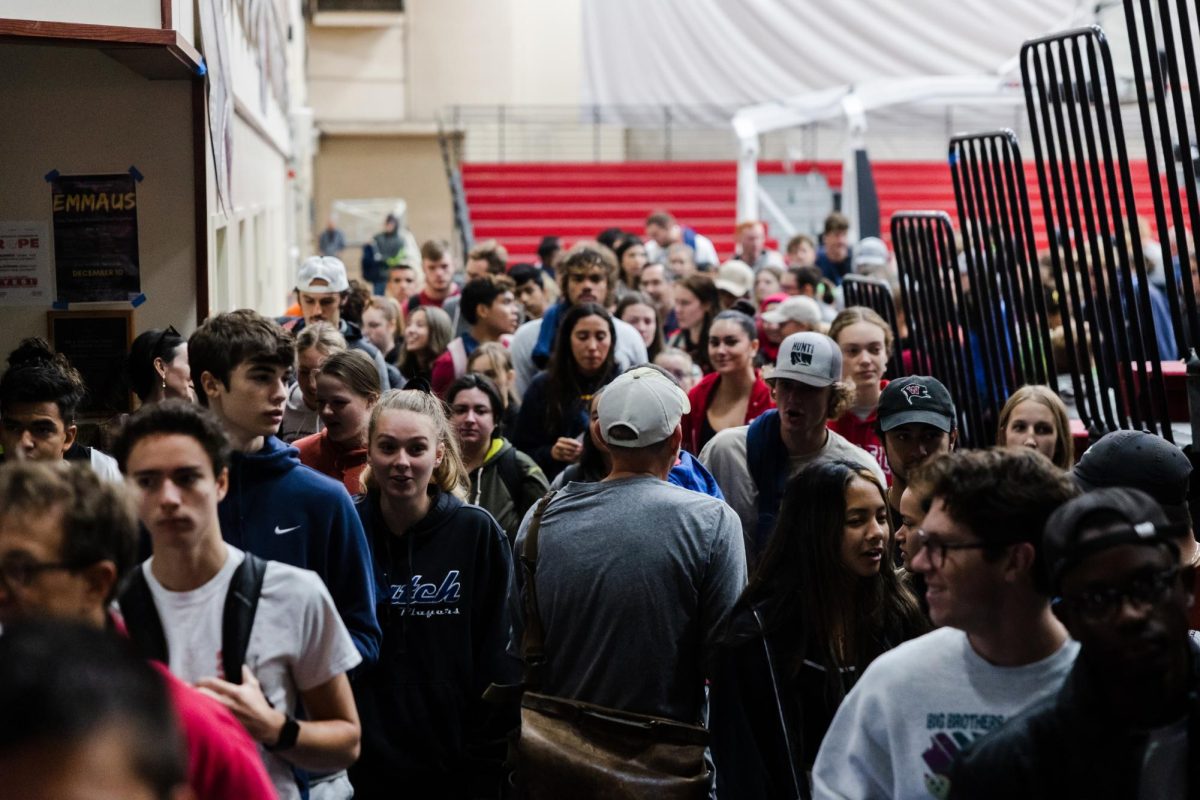
Whitworth University, for the 2023-2024 fiscal year, experienced an unprojected $1.5 million deficit, leading to cutting expenses. After implementing cost-cutting measures across Whitworth in past fiscal years to deal with unprojected deficits, the only place Whitworth felt left to cut from was the faculty. This led to 20 faculty positions being removed.
Of the 20 affected faculty, 16 were full-time Track II professors or lecturers. The other four planned to leave for separate reasons, and their positions will not be refilled. Whitworth chose to cut faculty positions in order to align the amount of students Whitworth has with the amount of faculty, according to Dr. Gregor Thuswaldner, provost and executive vice president.
Track II professor and lecturer positions are both made on a yearly basis, meaning they need to be renewed every academic year. Thuswaldner said that for the lecturer positions, their contracts will not be renewed starting at the end of the 2023-2024 academic year. Affected Track II faculty are given a little bit more time, with their contracts ending at the end of the 2024-2025 academic year.
In 2005, Whitworth’s student enrollment was at 2,441. In 2019, enrollment peaked at 3,100. By 2023, enrollment fell to 2,515. According to Thuswaldner, Whitworth’s faculty in 2023 was still built to accommodate the larger student body of 2005. This left a student-to-faculty ratio that is hard to maintain financially.
Whitworth’s previous average student-to-faculty ratio of 11 students per professor is being changed to be around 17 students per professor, explained Thuswaldner.
The decision to cut faculty, and which faculty to cut, was made entirely by administrators without consulting the department chairs or faculty themselves. Thuswaldner said this decision was made so they would not “complicate things” for the faculty.
“As soon as we’ve talked to the affected professors, we talked to the department chairs, but we didn’t want to put the burden on them,” said Thuswaldner.
Choosing which positions to eliminate was not based on random selection, but was largely based on two factors, according to Thuswaldner.
First, the number of students in each department. “We did not cut across the board, which wouldn’t make much sense,” said Thuswaldner. “If you have a program that works with lots of students, you can’t cut anybody — quite the opposite. You will probably want to hire more people if there’s so many students.”
The second consideration was how well the department aligned with the core values of a liberal arts institution. “We have to preserve the Christian liberal arts,” said Thuswaldner. “We can’t just cut, cut, cut the core of what we do at Whitworth. And at the same time, we have to kind of balance that. It’s tough.”
Thuswaldner said that administration and the Board of Trustees, both included in the faculty cuts decision-making process, predict that as a result of Whitworth’s decision to cut faculty, Whitworth will achieve a balanced budget by 2026.
“As difficult as this is, this is not the end game. Yeah, Whitworth is not going under,” said Thuswaldner.
For more information regarding faculty cuts, follow our website’s faculty cuts section, where stories will be updated as information presents itself.


